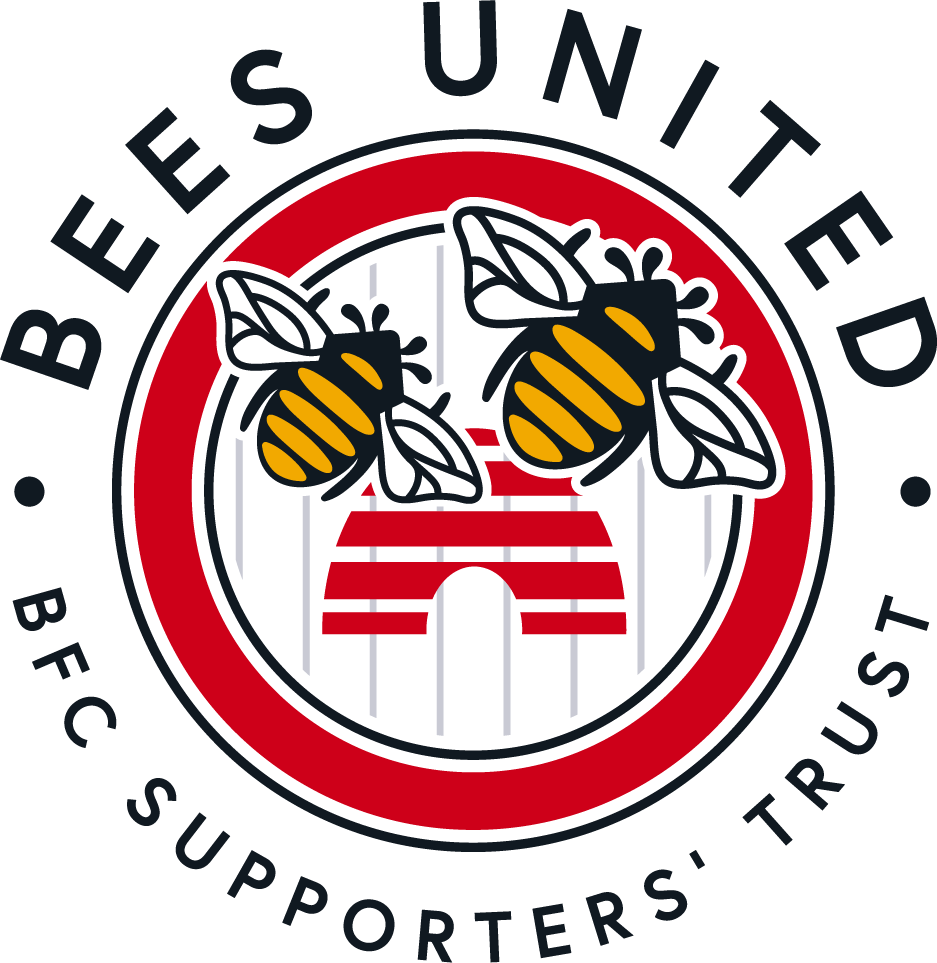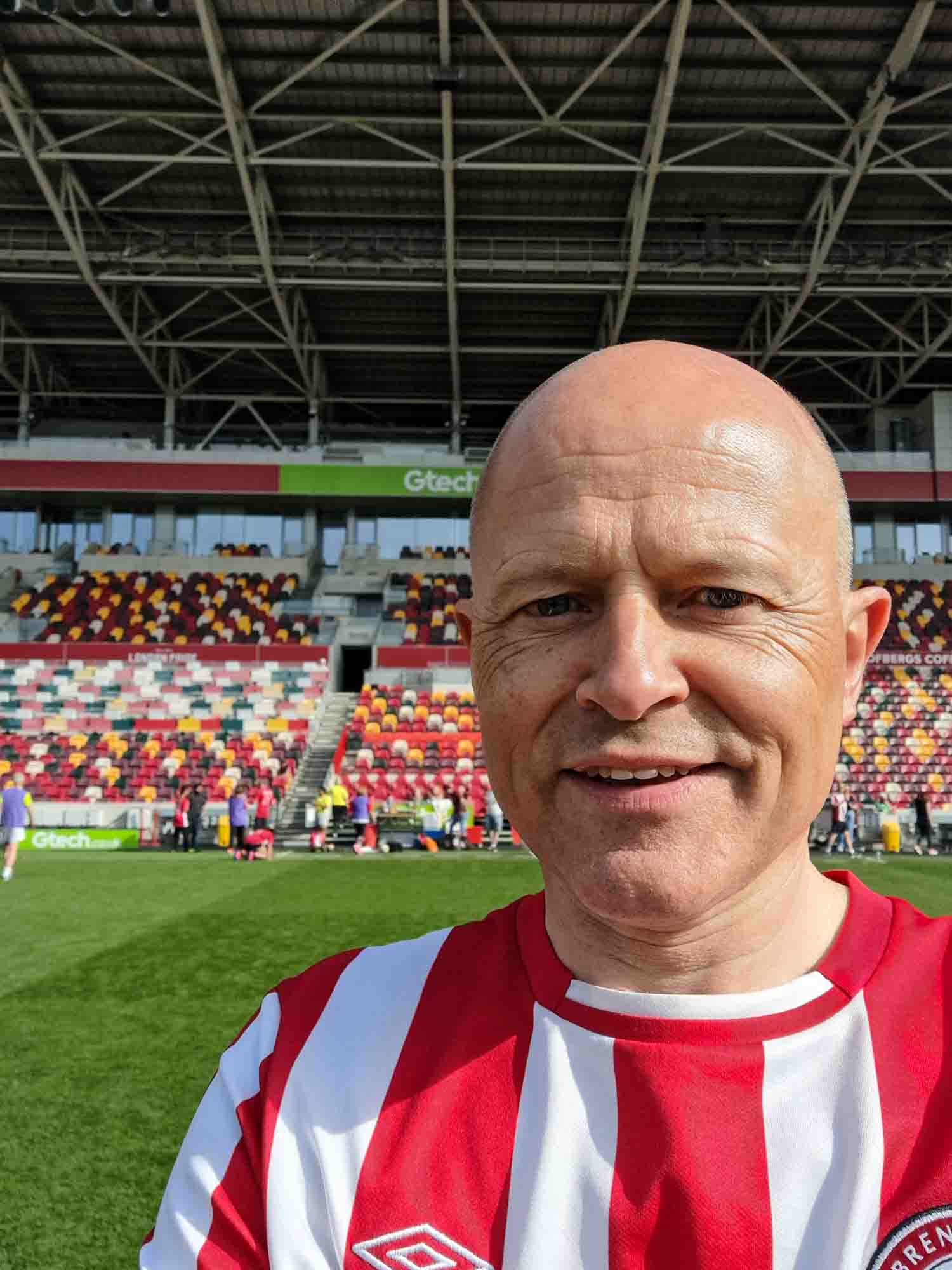The Great War
History books show that WWI started on 28 June 1914 with the assassination Archduke Franz Ferdinand, but down at Griffin Park that summer, it’s fair to say that the magnitude of what was about to unfold hadn’t even begun to register.
Brentford had been in the Southern League First Division since 1901, a league where the winners could apply to be elected to the Football League Division 2 (only two tiers in this era). However, the Bees were relegated in 1913 which then saw them playing in the Southern League’s Second Division, where they finished in third place in 1913-14.
The start of the following season was fairly typical but by the time of the first game in early September at Griffin Park, war clouds were looming.
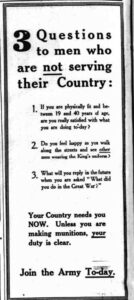
The 3-1 win over Coventry was overshadowed by the unusual spectacle of a section of the crowd running across the pitch during the half-time interval.
The fans wanted to hear army recruiting addresses being delivered on the New Road side of the ground.
The start of the second half was delayed as players, the referee, and linesmen waited on the field, so as not to bring the speakers’ efforts to an abrupt ending.
The football leagues tried to carry on as normal, but this was becoming more challenging as players, and supporters, started joining the military in increasing numbers.
For the match in November against Abertillery there was a crowd of fewer than 400 but they did see Brentford run riot in a 10-0 win – the club’s largest-ever victory in a competitive game. It was a short-lived record as in February 1915 Abertillery withdrew from the league, and the result was expunged from official records.
As the season progressed more players became unavailable, so rules were relaxed and players from other clubs were able to “guest” for another one, typically nearer to where they were based with their regiment.
For 1915-16 football reverted to regional leagues, with Brentford playing in the London Combination for the remainder of the war.
Today we’re used to our players having a variety of injuries but back in 1916 the situation faced by the club was unprecedented. In one match the Bees included Private Fred Keenor and Private Alf Gregson as they were both home from the front and recovering from wounds received in recent conflict. It was noted that it was quite a coincidence that the two players had been shot through the back of the knee but – in both cases – the bullet buzzed through without touching a bone.
It wasn’t just injuries the club had to contend with – a year later Lance Corporal Bert Rosier returned to club having spent 17 months in a German prisoner of war camp.
After three mediocre seasons in the London Combination, season 1918-19 saw Brentford winning the league, in no small part thanks to 25 goals (a goal a game) from guest Sgt Jack Cock.
The success on the pitch was very timely, as for the return to normality in 1919-20 the Southern League voted to expand the number of clubs in their First Division. Partly due to the success of winning the London Combination, Brentford were voted into one of the newly created places, thus avoiding a return to the Southern League Second Division.
Twelve months later the Football League itself also decided to expand, from two Divisions to three. Pretty much the entire Southern League First Division became the new Football League Division 3. Arguably, the club had back-to-back promotions, without kicking a ball.
World War II
Little over 20 years later, the world was plunged into another global conflict. On the pitch, the club had just completed 4 seasons in the Top Tier but appeared slow to see the signs of war. New players had been bought and, reluctantly, planned stadium developments were belatedly put on hold (and never transpired). The local paper heralding the signing of Sunderland forward Percy Saunders as “Brentford’s Big Capture”, when he joined in July for a substantial fee.
The Football League were also thinking ahead positively and had decided that for season 1939-40, they would follow the trend set by rugby and all clubs would have numbers 1-11 on the backs of player shirts.
By the time of the third game of the season war was firmly on the horizon, with centre-forward Tommy Cheetham already recalled by the army. The following day the players, in manager Harry Curtis’s office, listened to Prime Minister, Neville Chamberlain’s speech, as war was declared.
Later that Sunday, 22 double-decker buses parked up in Braemar Road and Clifden Road. They were filled by local schoolchildren on their way to be evacuated outside of London, as part of “Operation Pied Piper”.
Rather than carry on with league football as they had tried to do in 1914, this time football stopped, and ultimately the results expunged. Initially the FA advised that even friendlies were not allowed in the London area, including Brentford. However, within a couple of weeks the government recognised that football could provide a welcome distraction from the war effort, as well as a source to raise funds, and they relaxed the rules. For safety’s sake, they set a crowd limit of 8,000 or half the capacity of the ground, whichever was fewer.
Brentford immediately arranged a game against Arsenal at Griffin Park with admission to holders of a matchday programme – which were distributed free. Once all 8,000 had been given out, the gates were closed. Before the game, Harry Curtis spoke over the loudspeaker, advising spectators to take cover under the stands and under the Brook Road concrete terracing in the event of the air raid siren being sounded.
The players and Harry Curtis also turned their efforts to supporting local needs, including going in force to the Brentford hospital. They worked for several days, digging trenches and filling sandbags, to protect the hospital building. Harry Curtis also used his organisational skills to put on a Christmas concert at the Forum Cinema in Ealing, which raised £200 for a cigarette fund for the troops.
As the directors re-assessed the club’s finances, all the players’ contracts were cancelled (although the club retained the players’ registrations), along with the five-year contract recently signed by Harry Curtis. By October new regional leagues were formed.
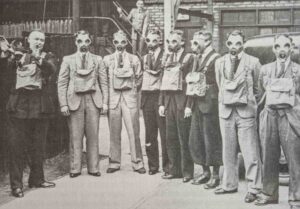 An air-raid shelter, to accommodate 260 people, was prepared at Griffin Park.
An air-raid shelter, to accommodate 260 people, was prepared at Griffin Park.
By April 1940, gate restrictions had been partially removed, and clubs were then permitted to house spectators up to half their ground’s capacity.
Griffin Park could now allow crowds of about 20,000. Although the season’s average was actually under 5,000.
At the start of the 1940-41 season, centre forward Tommy Cheetham confirmed he was fit for football again, having been injured at Dunkirk, with a piece of shrapnel removed from his leg.
A match against Charlton was interrupted when the air raid sirens sounded 20 minutes after kick-off. The players left the field for more than an hour, until the “all clear” sounded. The teams then played another 15 minutes before changing straight over for a second half of 35 minutes. Hardly any of the supporters left the ground during the warning period. This followed a game at Chelsea, which was abandoned 11 minutes from time because of another air raid (the Bees losing 1-2).
Brentford’s game scheduled for 28 September, against Chelsea at Griffin Park, was postponed “owing to civil defence requirement”. As part of the government’s control of information, no further details were allowed to be published by newspapers at the time. Later, it transpired that a time bomb had landed in Braemar Road.
Apart from being unable to report on bomb damage during this period, the newspapers were also unable to make any reference to prevailing weather conditions for ten days previously, or to announce in advance which grounds were unfit for play; all to avoid giving any information that may prove advantageous to the enemy. Reporters looked for creative ways to avoid breaching press restrictions, whilst still being informative. One made reference in a match report to “Messrs Fahrenheit and Centigrade being in the ascendant” to reflect the fact it was a hot day.
During the 1940-41 season Brentford saw significant success in the new London War Cup reaching the final, where they met Reading at Stamford Bridge, before losing 2-3.
Twelve months later, Brentford again reached the final of the competition, this time held at Wembley where they took on Portsmouth. Les Smith was the Bees hero with both goals in a 2-0 victory.
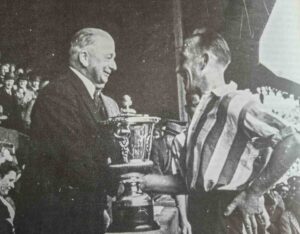
Joe James became the only Brentford captain (to date) to lift a cup at Wembley, for a knockout tournament.
The match was watched by a crowd of only just under 70k.
So many supporters were away on military service or in roles supporting the national war effort.
Portsmouth had won the 1939 FA Cup final in front of 99k fans.
In February 1943, manager Harry Curtis received a letter from Mrs Vera Saunders, wife of Bees player Percy (25).
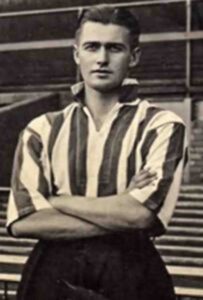 She said that she had now been officially informed that her husband, who had been missing at sea in the Far East, having been on a ship lost by enemy action a year earlier, must now be presumed dead. He was one of the new signings for the aborted 1939-40 season.
She said that she had now been officially informed that her husband, who had been missing at sea in the Far East, having been on a ship lost by enemy action a year earlier, must now be presumed dead. He was one of the new signings for the aborted 1939-40 season.
At the start of 1944-45 a new Ministry of Home Security guidance was issued for the season. There had to be a “spotter” on duty to give warning of any hostile approaches.
Even though the threat posed by air raid bombing had virtually gone, it had been replaced by the equally menacing Doodlebugs (flying bombs). In the event of a low-pitched whine, which signalled a Doodlebug’s approach, the game would be abandoned until the all-clear was given.
Spectators were advised to be evenly distributed across the whole ground.
Again, no pre-season matches took place, and team selection wasn’t possible until players turned up for the opening game. Harry Curtis was fortunate to be able to select Dai Hopkins, even though his home had been badly blitzed by a flying bomb.
The club continued to field “guests” during matches in WWII including a certain Matt Busby.
With the war over, season 1945-46 continued with regional leagues, to allow clubs to re-organise themselves. Of the 30 players on the books in 1939, Percy Saunders had lost his life, two players had been transferred, four had retired and the club had lost touch with three players. Griffin Park itself had escaped with very little damage during the war, other than gunfire shrapnel making a few holes in the roof of the stands.
The war had resulted in no Football League matches for 7 seasons.
Season 1946-47 saw Brentford’s aging squad however failed to maintain the pre-war form and were ultimately relegated from Division One after 5 seasons, played over a 12-year period.
As we know, it wouldn’t be until 2021 that we regained our place in the Top Tier and with echoes of our previous success at Wembley, it was achieved in front of a limited crowd due to the national situation.
Jonathan Burchill
Jonathan is the author of, A Pub on Each Corner a unique history of Brentford through season-by-season reviews of the events at Griffin Park. Recounting stories and statistics from both on and off the pitch – from fires to floodlights, from abandoned redevelopment plans to multiple missed penalties – Jonathan writes about our club but also the social history affecting those connected with it for over a century
